Imagine being on stage mid-performance when suddenly your *acoustic guitar slips*. Yes, it happens, and often the unsung hero that could prevent this is none other than the humble guitar end pin. Despite its understated presence, the guitar end pin is more than just a support structure—it’s pivotal for the integrity and *performance of your instrument*. With *nearly three decades in lutherie*, I’ve learned that choosing the right end pin and maintaining it properly can make a tremendous difference.
This *comprehensive guide* sheds light on various types of guitar end pins, from standard to custom designs, explaining their *importance* and guiding you through *installation, maintenance*, and troubleshooting common issues. Whether you’re hunting for a new end pin or simply want to ensure your current one is in top shape, my aim is to equip you with the knowledge and confidence to make informed decisions, enhancing your *acoustic guitar experience*. Let’s delve into the world of guitar end pins and master this *overlooked yet essential accessory*.
What are Guitar End Pins?
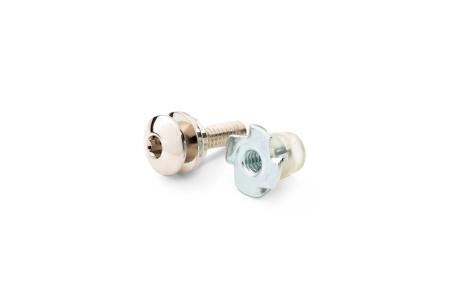
Throughout my research in instrument construction, I’ve found that understanding the different types of end pins is essential for achieving the desired acoustics. Many guitarists overlook these small components, but they play a crucial role in both the instrument’s functionality and sound quality. What if the right end pin could enhance your guitar’s sound? This intriguing possibility captivates both seasoned musicians and newcomers alike. Could selecting the right end pin be the secret to unlocking a richer, more resonant tone?
Guitar end pins, found at the base of your instrument, are more than just attachment points for a strap. Their function, while seemingly straightforward, affects the guitar in subtle ways, especially in regards to sound projection and vibration. Different end pin types and end pin materials can lead to vastly different acoustic experiences. From wood to metal and even plastic, each material offers unique benefits that can influence the guitar’s tonal characteristics. For instance, a dense material like ebony might contribute to a warmer tone, while metal can add brightness and sustain.
End pins are not merely functional; they are a blend of art and science. By choosing an appropriate pin, you can harmonize style with substance, ensuring your guitar not only plays beautifully but also looks magnificent. With a deeper understanding of this small yet impactful component, you are well-equipped to make informed choices that enhance every performance, setting the stage for the next part of our exploration about why these components truly matter.
Why are Guitar End Pins Important?
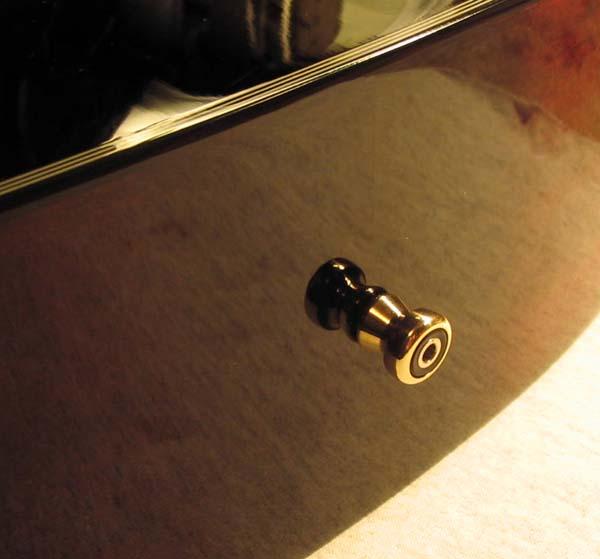
Could your guitar’s longevity depend on a small, seemingly insignificant part? This question often crosses my mind when I consider the role of guitar end pins, a crucial but frequently overlooked component of *guitar hardware*. *In my experience,* neglecting components like end pins can lead to significant maintenance issues, emphasizing their importance in overall *guitar maintenance*.
The end pin, often dubbed a *strap button*, is far more than just a piece of metal or plastic at the base of your guitar. This humble part ensures your strap stays securely attached, allowing you to play with ease and confidence. Without a reliable end pin, there’s a risk of your guitar slipping mid-performance, potentially leading to damage that could have been easily prevented.
Moreover, the security provided by a well-installed guitar end pin can extend your instrument’s life, preserving its integrity over time. It’s not just about avoiding dramatic mishaps; it’s about safeguarding the fine balance of your guitar’s setup, which even the smallest hardware component can influence. I’ve seen guitars transformed by upgrading these tiny parts, illustrating the profound impact of paying attention to such details.
This insight underscores why end pins shouldn’t be an afterthought in guitar maintenance. Prioritizing them not only enhances performance but also reinforces your instrument’s resilience. As we delve further into this guide, you’ll discover how these small yet mighty parts fit into the broader picture of caring for your guitar.
Where to Find Guitar End Pins

As a luthier, I often recommend shops that specialize in quality guitar hardware to my clients for reliable replacement parts. Ever wondered where the best sources for quality end pins are? In my experience, finding the right place can make all the difference in ensuring your guitar not only looks great but functions optimally too. Knowing where to purchase an end pin that suits your specific needs is crucial.
For those seeking high-quality options, specialty guitar stores are an excellent starting point. These shops usually offer a range of end pin types, allowing you to choose the perfect one for your instrument. Furthermore, they often employ knowledgeable staff who can provide informed recommendations based on years of experience.
Online platforms have also become a valuable resource for finding a wide array of end pins. Websites dedicated to guitar hardware can offer everything from standard replacements to unique, custom-designed options. Wherever you decide to look, it’s vital to ensure the authenticity and quality of the replacement end pin. This not only safeguards your instrument’s structural integrity but also enhances its aesthetic appeal.
When to Replace or Install a Guitar End Pin

In my over 25 years of instrument maintenance, I’ve witnessed countless scenarios where a simple end pin replacement saved a beloved guitar from extensive damage. How can knowing the right time to replace a pin save your guitar from damage? An old or damaged end pin can lead to *instability and unwanted vibrations*, potentially resulting in significant harm to your instrument.
End pins, though small, play a crucial role in sustaining the integrity of your guitar. Notice loose fittings or worn threads? It’s time for an immediate check. *Aligned with regular guitar maintenance*, assessing the state of your end pin should become a part of your routine. If you find the pin is not fitting snuggly after routine adjustments, it might be a signal for end pin removal and replacement.
Understanding how to install an end pin effectively is vital—incorrect installation can compromise the guitar’s body. Always ensure the pin matches your guitar’s specific needs to maintain balance and sound quality. Armed with this knowledge, you can protect the heart of your instrument, ensuring its longevity.
Ultimately, replacing or installing an end pin isn’t just a technical task; it’s about preserving the essence of your guitar. With a practiced hand and informed mind, you can safeguard your guitar’s health and your musical journey.
How to Install a Guitar End Pin
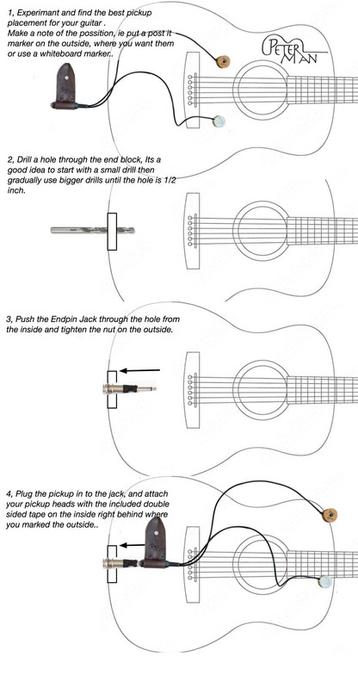
Think installing a new end pin is a complex task? Think again! As a seasoned luthier, I’ve developed a simple installation process that I share regularly with my students and colleagues, simplifying what many consider a daunting task. Guitar end pin fitting doesn’t have to be intimidating, and with a little guidance, you can confidently tackle this DIY guitar repair.
First, you’ll need to gather a few essential tools: a hand drill, the correct drill bit for your guitar’s end pin, some masking tape, and a steady hand. Before you start, ensure you’ve chosen the right end pin for your instrument. The market offers various types, so take the time to understand which one fits both your guitar’s design and your playing style.
Begin by identifying the existing hole’s size on your guitar. If it’s a new installation, mark the center point at the guitar’s base. This step is crucial for ensuring a snug fit. Wrap masking tape around the drill bit at the depth equal to the new end pin’s insertion length; this acts as a depth gauge. Carefully drill the hole, keeping the angle of the drill perpendicular to the guitar’s surface. Remember, precision here is key to achieving a clean and secure result.
Once the hole is prepared, *gently* insert the end pin. It should slide in snugly without requiring excessive force, which could damage your instrument. If necessary, apply a small amount of wood glue for added security—but only sparingly. Allow it to dry completely before putting any pressure on it.
This installation guide, while simple, draws from years of experience. Performing this repair yourself not only saves money but also empowers you to customize your guitar to better suit your needs. In the next sections, we’ll look at common issues and troubleshooting techniques to further enhance your guitar maintenance skills.
Common Issues and Troubleshooting
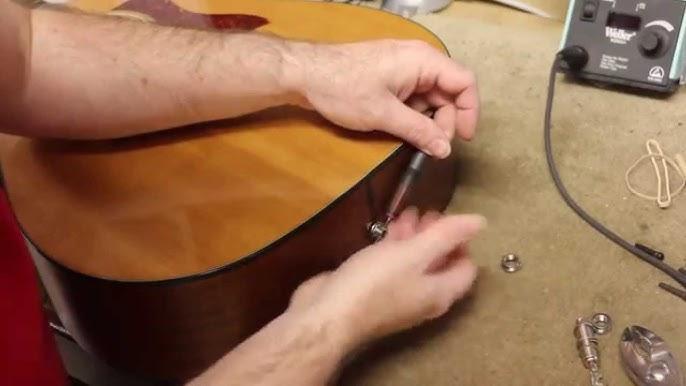
Throughout my years of tinkering and tuning, I’ve seen my share of end pin conundrums. From seemingly innocuous quirks to nail-biting close calls, end pin troubleshooting is an essential skill for any guitarist. What are the signs that your end pin is failing and needs immediate attention? Recognizing these before they escalate can be the difference between a quick fix and a costly repair.
One telltale sign of trouble is a loose end pin jack. When the pin doesn’t sit snugly, it can cause an unpleasant rattle and impact your guitar’s tone. This is often due to wear and tear or gradual loosening over time. Listening for unexpected noise or noticing decreased volume is critical. Another common issue arises when the pin doesn’t stabilize the strap securely, leading to potential mishaps during performance. Experiencing inexplicable equipment failure when plugging in an electric-acoustic guitar can also indicate internal wiring issues around the end pin jack, requiring immediate attention.
In my experience, proactive guitar maintenance is key to avoiding these pitfalls. Regularly checking the tightness of your end pin and ensuring your strap locks or buttons are functioning can preempt these issues. By sharing these insights, I hope to arm you with the knowledge to keep your guitar in top shape, allowing less time for troubleshooting and more time for creating beautiful music.
Community Insights on Guitar End Pins
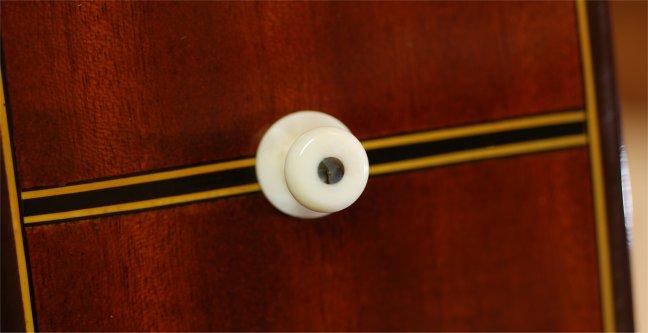
As I dove into the *world of guitar maintenance*, engaging with fellow musicians and luthiers, I uncovered a goldmine of *community insights* on guitar end pins. What do fellow musicians and luthiers have to say about their experiences with end pins? This question opened the door to a wealth of knowledge that enriched my understanding, driven by professional anecdotes and personal stories that ranged from trials and errors to triumphant successes.
Through these discussions, I discovered that one of the most innovative practices was using custom end pins made from exotic woods or metals, which not only enhance the acoustic guitar’s aesthetic but also its tonal resonance. Many also emphasized the *importance of proper installation techniques*, pointing out that even the slightest mistake can affect sound quality and instrument safety.
Common pitfalls often revolve around neglecting routine inspections, leading to loose or damaged end pins that compromise guitar stability over time. The insightful advice I received underscored a shared passion for craftsmanship and a dedication to fine-tuning every component to achieve the perfect sound. This community-driven approach to *acoustic guitar accessories* has profoundly shaped my practices and furthered my appreciation for the nuanced role of end pins in guitar maintenance.
FAQs
What is a guitar end pin and why is it important?
How do you install a guitar end pin?
What types of guitar end pins are available?
How do you maintain a guitar end pin?
Conclusion
Is the humble end pin the key to unlocking your guitar’s full potential? As a luthier, I firmly believe that recognizing the significance of even the smallest components can vastly enhance our musical experience. Throughout this guide, we’ve explored the world of guitar end pins, from understanding their role and importance, knowing where to source quality options, to mastering the art of installation and maintenance.
By paying close attention to when replacements are necessary and how to address common issues, you not only safeguard your instrument’s integrity but also enhance its performance. Engaging with the community insights highlighted the shared wisdom that surrounds this often-overlooked component, emphasizing its pivotal role in guitar maintenance.
In conclusion, embracing the full potential of guitar end pins can lead to a more satisfying and durable musical journey. May this newfound knowledge serve as a foundation for maintaining your beloved instrument’s elegance and sound quality. Remember, even the smallest details contribute to the harmony we seek in music creation.

R.M. Mottola, an engineer-turned-luthier, revolutionizes stringed instrument design with his deep focus on acoustics and ergonomics since 1994. As editor of the Savart Journal and a key contributor to American Lutherie, Mottola merges science with artistry in lutherie. He enriches the field with his extensive knowledge, shared through his Liutaio Mottola website, making him a beacon in the world of modern instrument craftsmanship.
